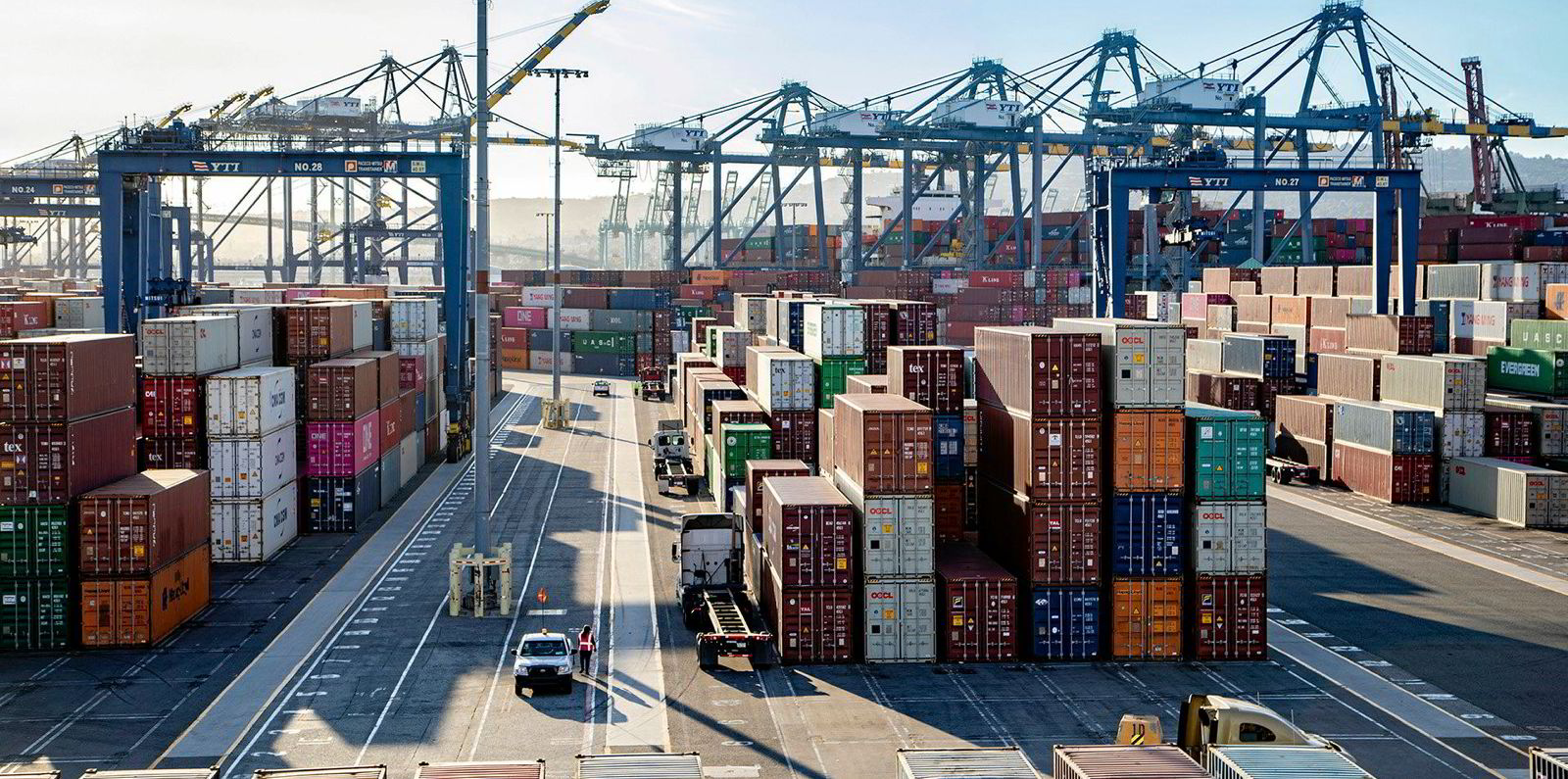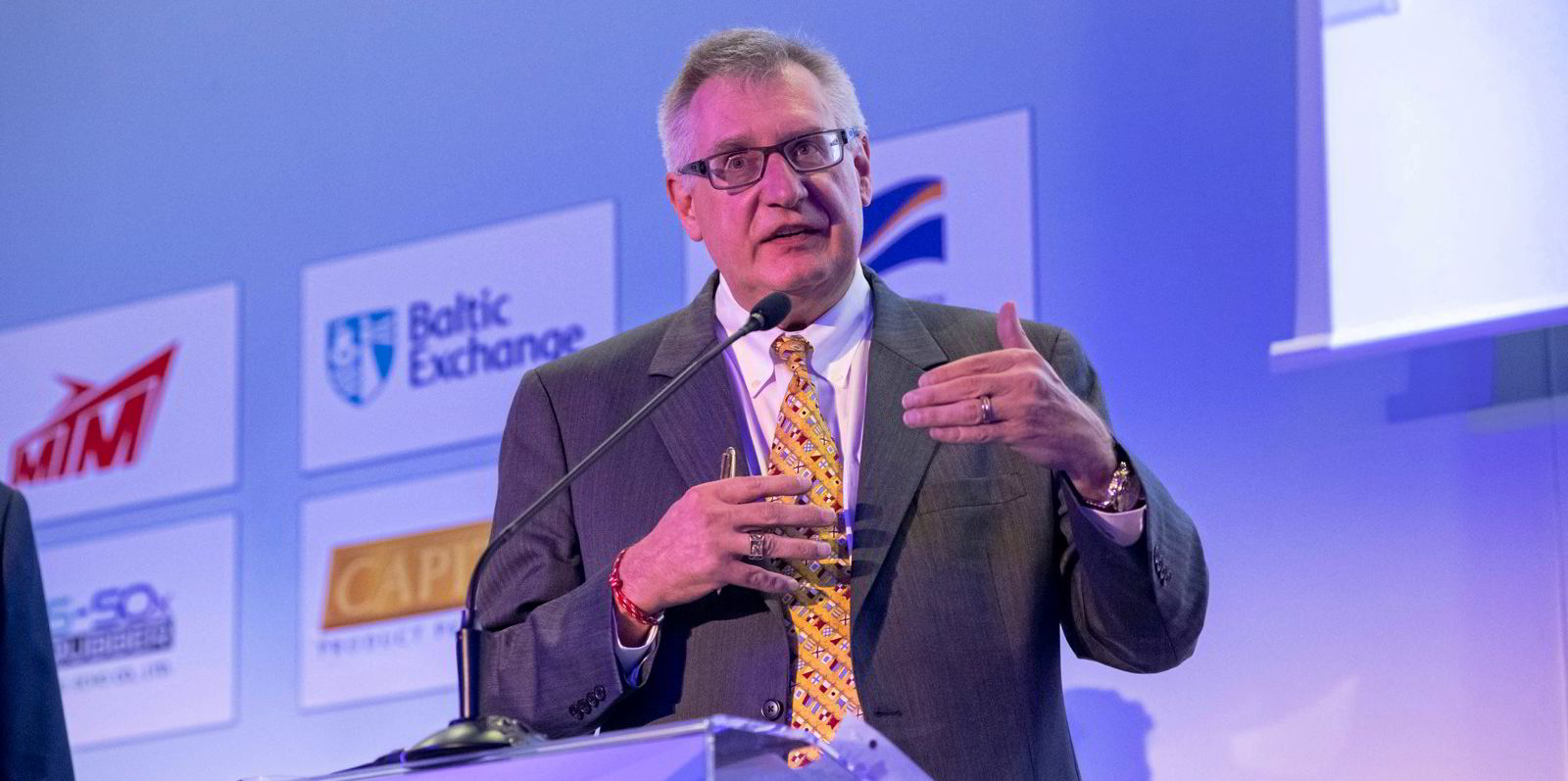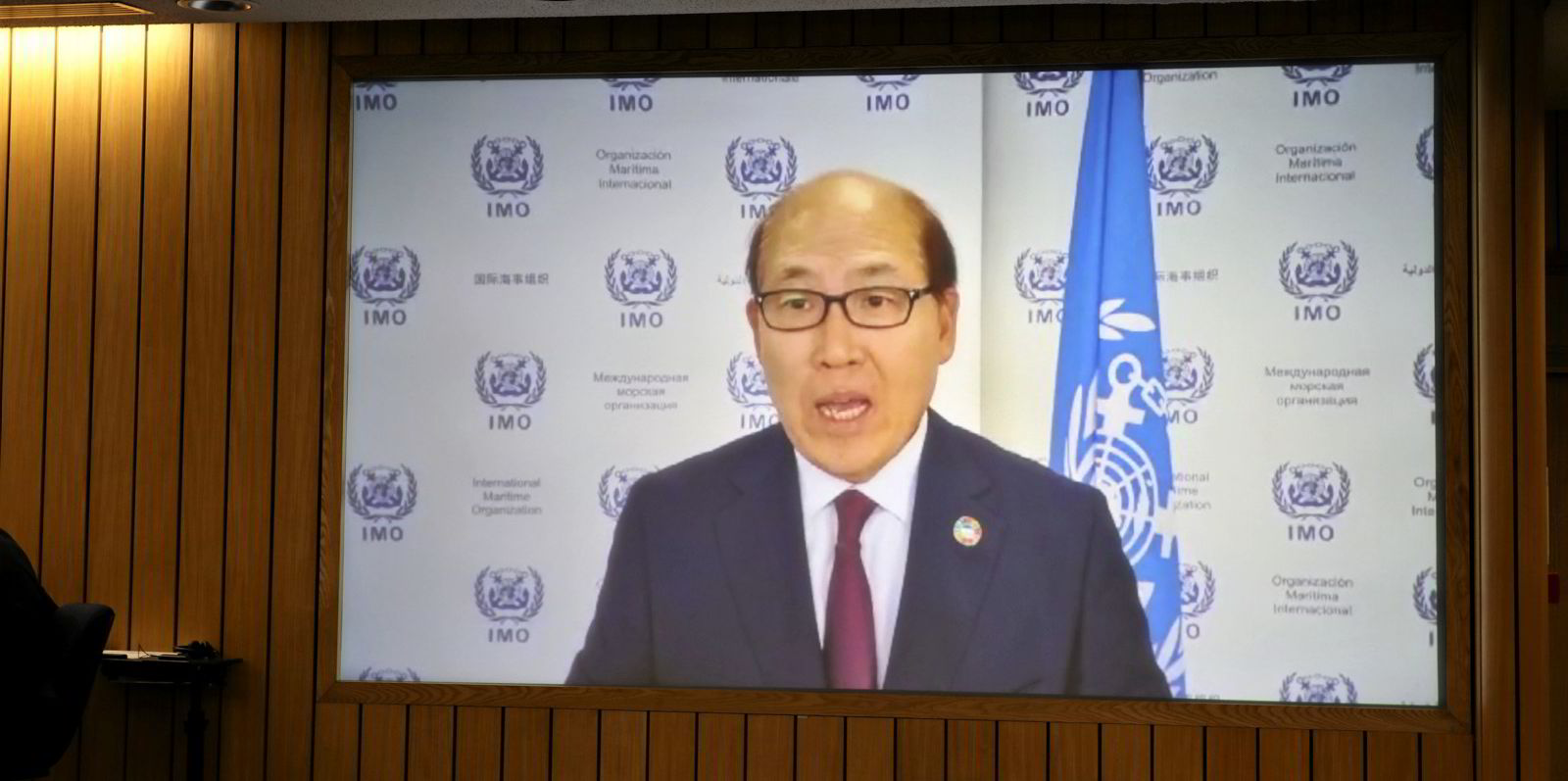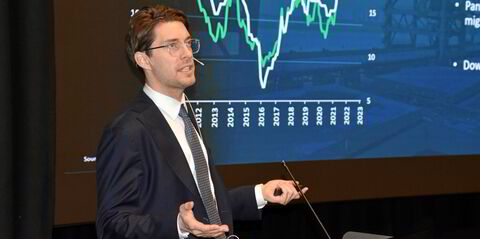We are clearly in the early innings of a decade of change. The scale and magnitude of the task before us is daunting. It starts with understanding the calculus to get to net zero by 2050. We will need 70% zero-carbon e-fuels, which requires 10 times more renewable energy than is currently produced, and 30% carbon-neutral fuel, which will require 100 times more carbon capture than we have today — that is if we are to achieve net zero across the board.
This underlines why pace and speed are critical and every year counts. Timing of actions will be a function of not just commercial gravity, but also the role of governments through policy development and new incentives.
For shipping, the challenge and opportunity lies in two stories: shipping for shipping, which is the decarbonisation of our industry; and shipping for the world, highlighting shipping’s pivotal role as an enabler of the global green energy transition.

So how do we move from concepts to reality? Green shipping corridors and clean energy marine hubs unite these two great shipping stories and offer us a clear pathway to 2050.
Green shipping corridors and clean energy marine hubs are interconnectors. They bring all of the pieces of the puzzle together, point-to-point trading and spot trading, and address the challenges of a diverse, disaggregated and globally regulated industry with carefully calibrated ecosystems designed to deliver success at scale and pace.
But if we are to achieve net zero by 2050, corridors and hubs have to be much more than a series of disconnected shipping decarbonisation projects. They must become a critical organising framework connecting low and zero-carbon shipping to broader regional, national and international decarbonisation initiatives. They have to be tied into national clean energy strategies.
Green shipping corridors provide a self-contained alternative fuel infrastructure and vessel support system within a commercial trade, and thereby overcome one of the key obstacles to the adoption and spread of new fuel technologies: uncertainty.
Specifically, a bundle of uncertainties surrounding fuel supply, distribution and offtake, and vessel support and maintenance. Clean energy marine hubs act as a cross-sector and public-private platform allowing major stakeholders to collaborate, share knowledge, derisk investments and create the necessary infrastructure in the most strategic location. By connecting these two efforts, we can keep the aggregate challenges of introducing future fuels at a manageable size, while also enabling performance at scale.
Enabling ecosystem
Ultimately, both concepts offer policymakers an opportunity to create an enabling ecosystem with targeted, fit-for-purpose regulatory measures, financial incentives and safety regulations. As they develop, they will generate strong demand signals to nations and ports, vessel operators, shipyards, and engine manufacturers that catalyse investments in zero-emission shipping.

In this way, both can be a key accelerator of the journey to 2050, serving as incubators for numerous decarbonisation technologies, processes and procedures and thereby cultivating localized decarbonisation ecosystems. As these develop, they will foster the convergence of technical feasibility, economic viability and societal responsibility that is necessary for global decarbonisation value chains to attain sustainability.
Public buy-in will be an important component of decarbonisation because it is the root of political support. And there is a “visual” component to green shipping corridors and clean energy marine hubs, beyond the obvious technical and commercial aspects, that will greatly aid in public outreach. By operating in the open, and with full transparency, both can provide shippers, charterers, and the public with a verifiable understanding of the carbon footprint and sustainability aspects of cargo and passenger flows along various routes.
Data will be the fuel that drives this machine. Measurement and reporting will be needed to assess maturity levels of the various components of a corridor or hub, which will require a framework for independent verification and certification for regulators and trusted, ongoing mechanisms for maintaining and sharing information among participants.
Of course, safety will be the ultimate metric and boundary condition. Managing rapid technological advancement and deployment with a laser focus on safety will be the baseline for success.
To support all of this, ultimately, we will need a playbook to address key performance indicators, common language, data and risk management, which will help in putting together the right policies, financial incentives and regulations.
The path to net zero by 2050 is steep and full of technological, operational and regulatory challenges. Green shipping corridors’ unique model of successful public and private partnership along with the efforts around clean energy marine hubs highlight how, in the end, success to get us to net zero on time and on target will be a team sport.
Christopher Wiernicki is chief executive
at American Bureau of Shipping
Do you have an opinion to share?
Email: news@tradewindsnews.com




